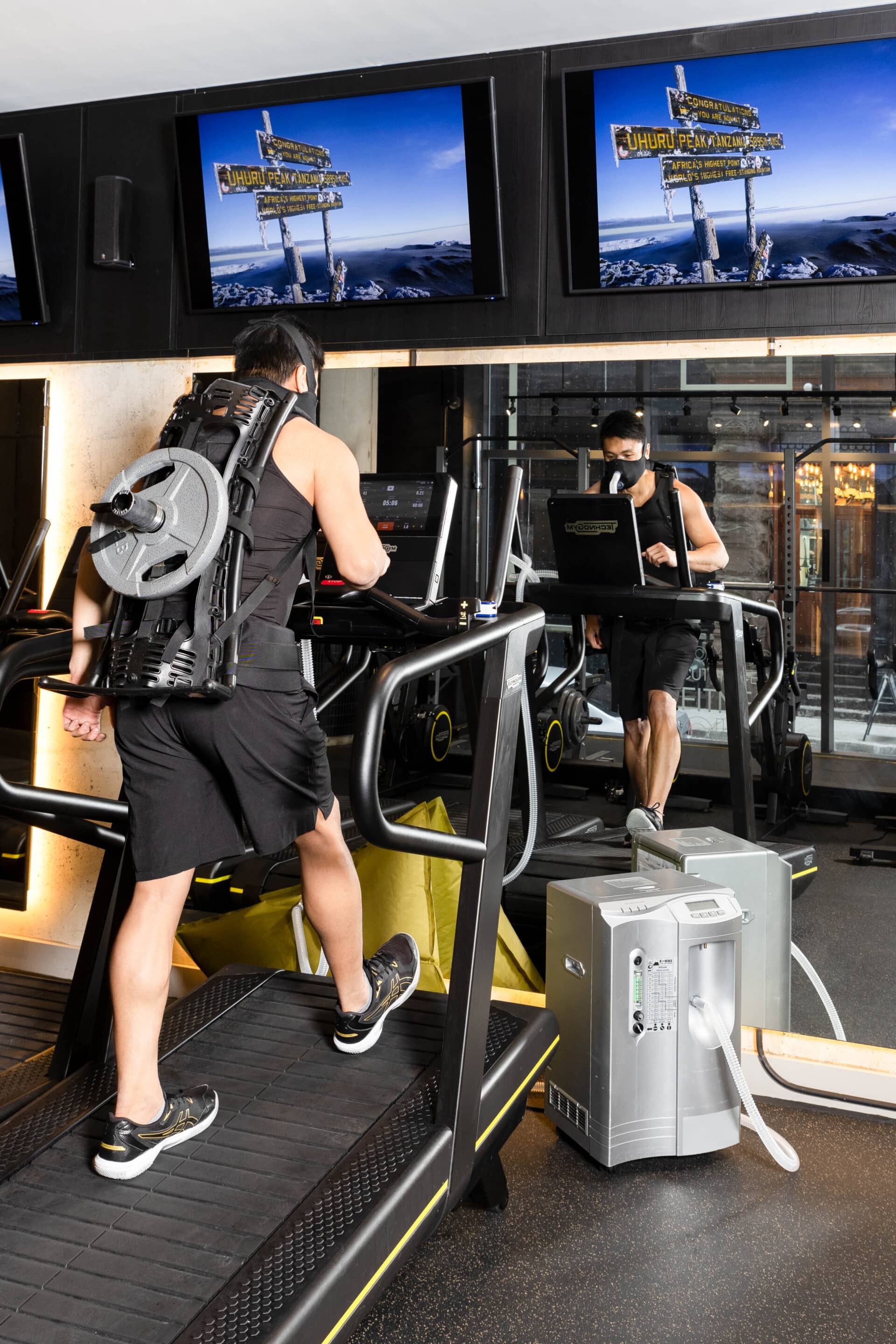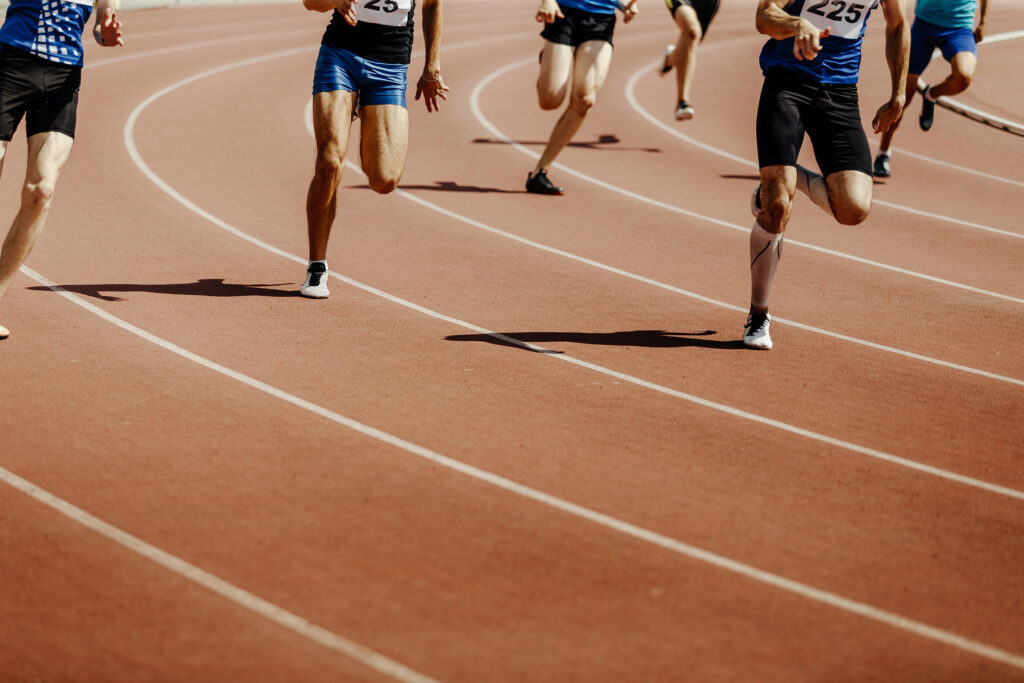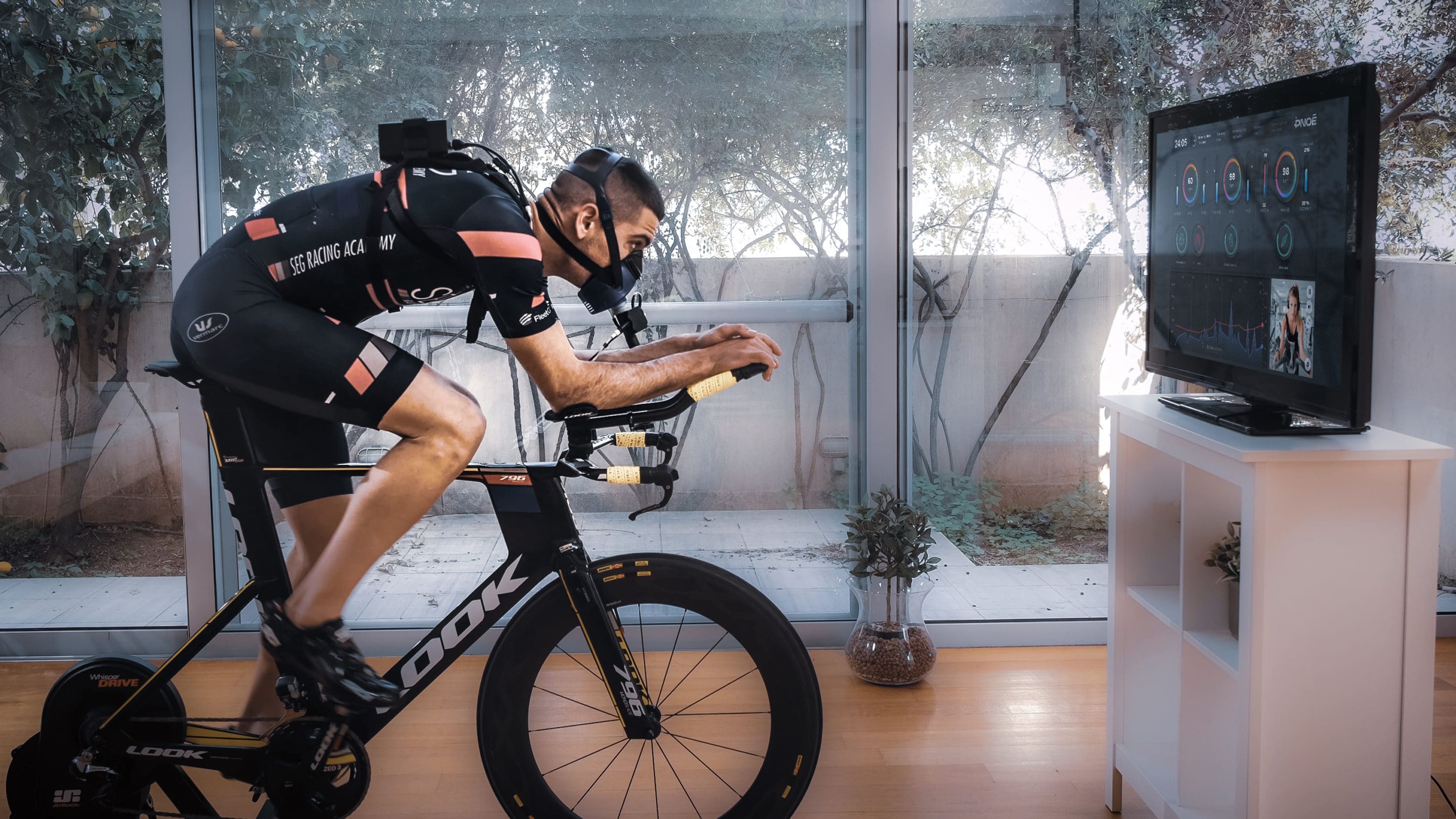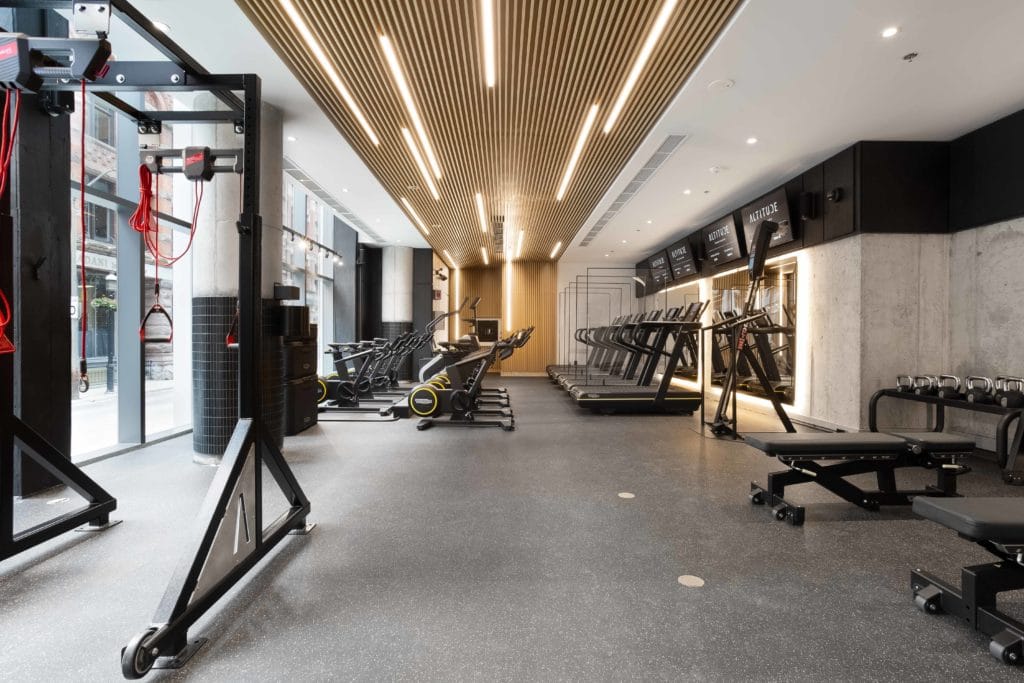Climbing Kilimanjaro? Here’s Why You Should Be Doing Simulated Altitude Training

You’ve decided to climb Kilimanjaro. At 5,895 m, you’ll be tackling the tallest mountain in Africa. Are you ready?
Being physically prepared is critical to a successful climb. You want to think back on your trip with fond memories of reaching the summit and feeling good, not turning back early. For most of us, these trips are an expensive, once-in-a-lifetime kind of thing. Having to cut your trip short due to altitude sickness, lack of fitness or both is a shame. Especially because there are tools out there to help prevent that from happening.
Simulated Altitude Training for Climbing Kilimanjaro
If you live at sea-level and can’t easily access the mountains, you may want to consider what’s called ‘simulated altitude training’. Simulated altitude training is exercising in or breathing air with less oxygen to replicate the thinner air you find up in the mountains. Simulated altitude is created by decreasing the percentage of oxygen in the air below 20.9% oxygen (the amount of oxygen in the air at sea-level).
From sleeping in an altitude tent to lifting weights at an altitude gym, simulated altitude training methods can be used to get you ready for Kilimanjaro. We break down the two most commonly used methods below:
Method 1: Intermittent Hypoxic Training
Intermittent Hypoxic Training (IHT) is living at sea-level and exercising at altitude. If you’ve got a stationary bike or treadmill at home, you can use a simulated altitude training mask to breath hypoxic air while you’re training. Otherwise, there are special gyms that can actually simulate altitude with no masks needed.
These shorter duration workouts at simulated altitude are designed to provide a greater training intensity. They trigger physiological adaptations that can improve overall health and performance. These adaptations require a minimum training period of 4-6 weeks, 3-4x per week. Sessions should last around 60 minutes.

Simulated Altitude Gym – Intermittent Hypoxic Training
Perform Better at High-Altitude
IHT optimizes the body’s ability to use and process the oxygen available to it. Why does that matter to you as a hiker preparing for Kilimanjaro? Because when your muscles and tissues use oxygen more efficiently, you can sustain longer periods of exertion. This becomes especially important when there is less oxygen available to you at high altitudes.
Another good thing about training your body to use oxygen more efficiently? You’ll reduce reliance on supplemental oxygen. Usually, climbers do not need supplemental oxygen to climb Kilimanjaro or reach the summit. But, if you find yourself in a position where you do need it, training at altitude can help extend the life of your oxygen tank.
Delay Fatigue and Recover Faster Between Treks
The more you can push away the start of fatigue during your trek, the better. In altitude environments, metabolic by-products associated with fatigue build up quicker with less oxygen available to the muscles. (Think of that burning feeling in your legs during a hard spin class). Training at simulated altitude can reduce and delay the onset of fatigue during physical activity by increasing the buffering capacity of metabolic by-products. We’re essentially making our bodies better at pushing away these fatigue-causing by-products.
Method 2: Live High, Train Low
Live high train low (LHTL) is living at high altitudes and training at lower altitudes (close to sea-level). Living in an altitude environment stimulates changes in the blood that can lead to improved performance and help with pre-acclimation.
If you live at sea-level, it’s not easy to just pack up and move out to a place like Flagstaff, Arizona where you can live at 2100m and a short 30-minute commute can get you to 950m. An easier option? Sleep tents and larger altitude tents can be set up at home, so you can get 6+ hours of high-altitude exposure and then be back down to sea-level in seconds. This strategy requires a minimum of 3-4 weeks. However, 6-12 weeks is better so that the altitude can be ramped up slowly.
Reduce Risk of Acute Mountain Sickness
LHTL can lower the age of red blood cells and increase hemoglobin mass (hemoglobin is an oxygen-carrying protein). These changes in the blood can help reduce and prevent symptoms of Acute Mountain Sickness (AMS). Also, many people struggle when sleeping at altitude. Fatigue will increase the risk of something going wrong on the mountain. Sleeping at altitude in the weeks leading up to your trip will help your body get used to the reduced oxygen and improve quality of sleep.
Final Thoughts
Climbing Kilimanjaro is a physical challenge. Many people underestimate the fitness required for this mountain. (Or say they would have enjoyed the trip more had they been in better shape). Simulated altitude training will not only help you get in shape for the climb, but also prepare you for the altitude. Then, your hard work will be rewarded by a beautiful, peaceful and enjoyable climb.
References:
Altitude Athletic is Toronto’s first and one of the largest altitude training facilities in the world. We’re here to help you prepare for your next big climb, event or meet your health goals. Click here to learn more about what we do at Altitude.






